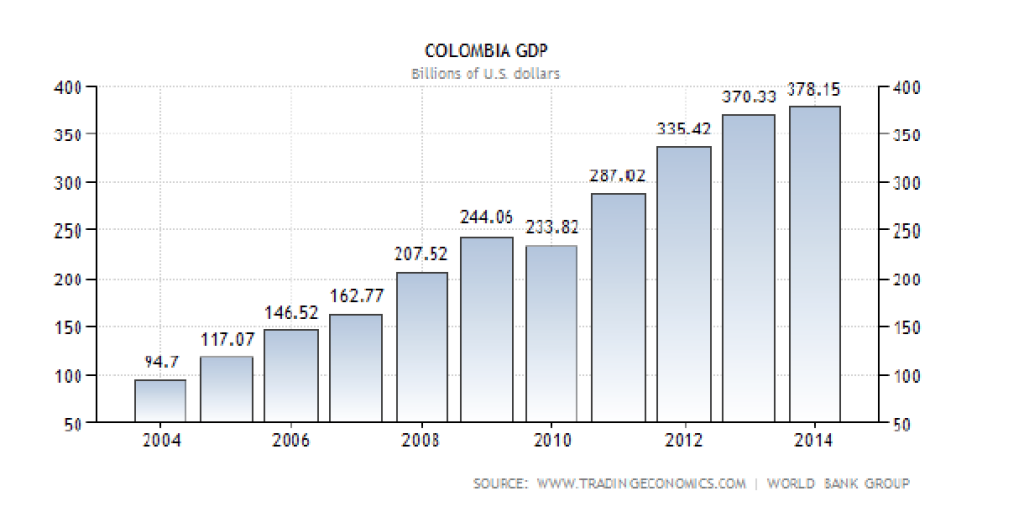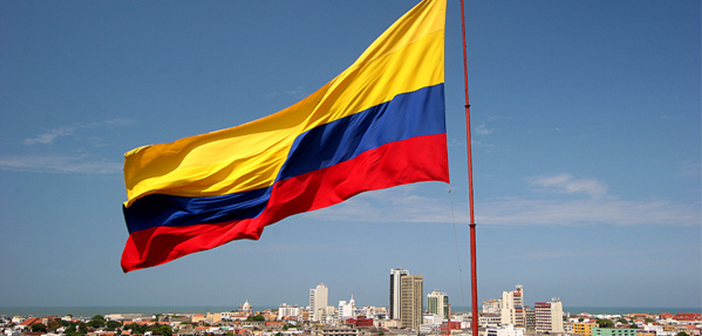Surrounded by Venezuela and Brazil on the East, and Ecuador and Peru on the West, Colombia not only shares the boundaries with these nations but also their influence, which has resulted in high crime rates and presence of drug cartels, thus resulting in Colombia being the largest producer of Coca derivatives, a feat which has not made the nation proud. Not only this, the nation has also been suffering from high crime rate, even the international anti-corruption watchdog, Transparency International, also scored them 37 out of 100 in their corporate and political corruption scale, which doesn’t bode well.
The silver lining came in the disguise of the then president Álvaro Uribe who took office in 2002 and decided to take an offensive stance against the FARC and other drug lords in the region. Assisted by the US AID for military and economic assistance, Uribe and company began decimating the guerrillas and achieved a great decrease in cocaine production for the country.
This encouraged foreign companies and nationals to invest in Colombia without the fear of terrorism and violence.
FDI was at $2.133 billion when Uribe took office and has significantly increased to $16.822 billion by the end of 2013. The significant growth in GDP means Colombia can boast being the third largest producer of oil in Latin America and increasing FDI and Lowering unemployment rate (7.7 in 2014 which is the lowest in more than a decade of the nation’s history) has also made Fortune Magazine name Colombia as one of the ‘7 most promising economies’ in a Feb 2015 report.
Not only that, the nation has worked a lot on its economic and trade reforms, signing sixty free trade agreements across continents and is also increasing the number of their middle class population which could only favour the country which has taken it as a resource to fight poverty. Providing incentives for setting up businesses and job creation and is also starting to encourage start-ups and providing incubators; a step which their neighbor Chile has famous for.
These steps have ensured a solid labor market is in place for Colombia. As a result of its positive economic and financial performance, the three most important rating agencies (Moody’s, Fitch and S&P) have certified Colombia as an “Investment Grade” status, highlighting:
● The nations ability to cope up with the ongoing internal and external shocks
● Consistency in debt repayment (the nation has substantially reduced the amount of Economic Aid it receives from The US)
● Increased macroeconomic policy credibility
● Safety concerns
The bottom line isvwith many nations facing economic turmoil and going through tough situations, it seems by just focusing on the BRICS or other emerging economies like Turkey and South Korea, investors may be doing their portfolios a bit of partiality as some of the best emerging market opportunities lie within less travelled nations and mostly in the Americas.
Hence the question arises, will there be a new entrant in BRICS family? Only time will tell.
If you like this article you may be interested in “Copacabana Beach: Zaha Hadid’s Latin America Vision”.






1 Comment
Amazing that you covered about Latin America. Very interesting read